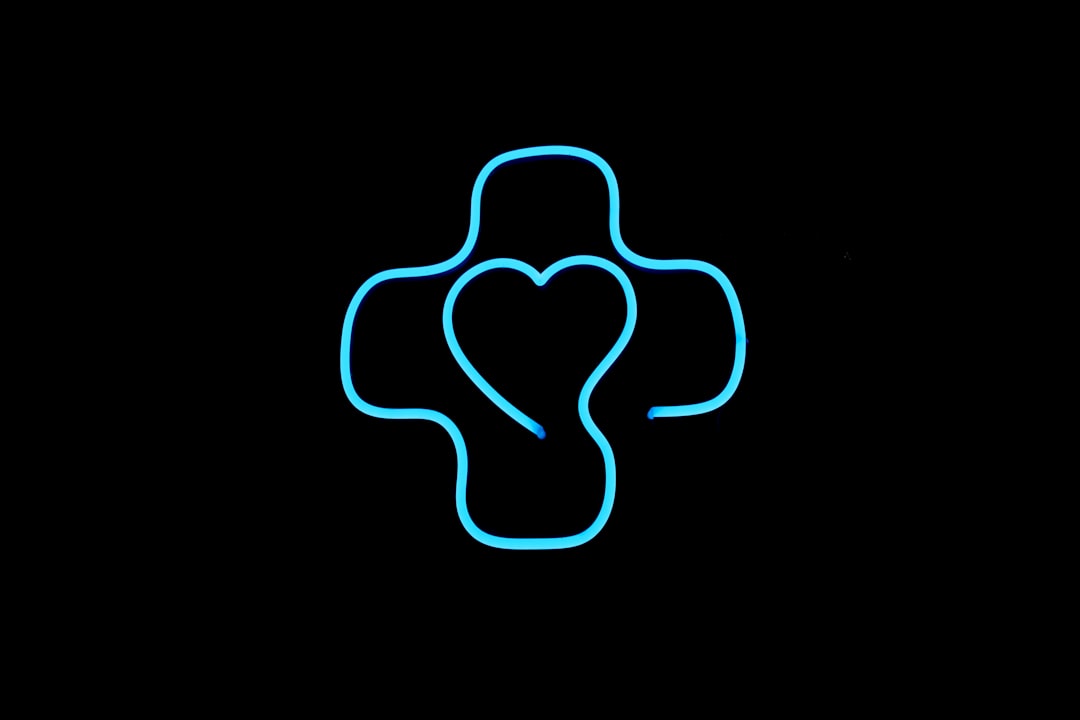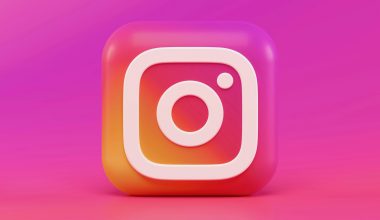In an industry where trust, precision, and innovation define success, the importance of a professional and effective logo cannot be overstated. Whether you’re running a modern medical clinic, an advanced diagnostic lab, or launching the latest medtech product, your logo serves as the visual cornerstone of your identity.
TLDR: A well-designed logo in the medical and technology fields is essential for communicating credibility and innovation. This article presents 9 proven concepts for logos specific to clinics, labs, and medtech companies. It covers design strategies, color psychology, and key symbols that build trust and relevance. Use this guide as a starting point for thoughtful, distinctive brand development in the healthcare space.
1. The Minimalist Medical Cross
The medical cross is universally recognized and evokes immediate associations with care, safety, and healing. Instead of using complex or cliché renderings, many modern clinics and medtech startups opt for a minimalist reinterpretation. This style typically involves clean geometric lines, balanced spacing, and neutral or mono color schemes.
Why it works: It merges recognizability with a contemporary flair, setting a tone of both tradition and forward-thinking professionalism.
Best for: General practices, emergency clinics, and medtech firms aiming for wide accessibility.
2. The DNA Helix Motif
Particularly popular among biotech firms and diagnostic labs, the DNA double helix symbolizes precision, research, and life sciences. When stylized properly, it radiates sophistication and scientific accuracy without overwhelming the viewer with complexity.

Design tip: Choose gradients or lines that suggest depth and movement to make the helix feel alive and dynamic.
Best for: Genomics labs, personalized medicine startups, CRISPR tech companies.
3. Typographic Trust
In some instances, the strength of a brand lies in its name alone. For clinics or labs with strong reputations or unique names, a purely typographic logo can project authority and elegance. The key lies in choosing the right typography — usually a clean, sans-serif or modern serif font rendered in sophisticated hues like navy, grey, or deep green.
Why it works: Stripped-down logos can convey maturity, confidence, and clarity — all desirable traits in healthcare.
Best for: Specialist practices, diagnostic centers, or any well-established institution.
4. The Human Silhouette
Human figures or profiles provide a direct reference to well-being and care. Stylized silhouettes—often abstract or subtly incorporated into other shapes—convey empathy and a patient-focused approach. Common shapes include embracing forms, rising figures, or a person embedded into a heart or cross.
Pro tip: Aim for fluid lines and simplicity; avoid over-designed, overly literal figures which can appear outdated.
Best for: Family medicine practices, mental health clinics, physical therapy centers.
5. Circular Logos Symbolizing Unity and Continuity
Circles are powerful shapes in logo design, especially in medicine. They signify wholeness, protection, and infinite care. Clinics and labs often choose circular motifs or rings to suggest continuum in care or data flow in diagnostics. These circles may also double as containers for other elements like text, crosses, or icons.

Design insight: Integrate open loops or rotating effects to subtly suggest motion, life, and connectedness.
Best for: Full-service clinics, wellness centers, integrated care providers.
6. Technology-Inspired Line Art
For medtech startups, the line between healthcare and advanced computing is increasingly thin. Utilizing fine line art, grids, or circuit-board aesthetics can effectively underscore this convergence. Pair this approach with cool tones like teal, silver, or cobalt to further emphasize innovation.
Design tip: Make sure linework remains scalable and clear even at small sizes. Calibrate density for visibility across digital and print.
Best for: Health analytics platforms, electronic health records (EHR) companies, remote monitoring devices.
7. Organic and Bio-Inspired Design
Reflecting the living systems and natural balance that healthcare aims to protect, organic design themes make use of leaf shapes, fluid forms, and undulating lines. These logos speak to harmony, sustainability, and well-being.
Color palette: Earth tones, light greens, aqua blues, and warm neutrals are common in these identity systems.
Best for: Holistic medicine, eco-conscious clinics, and biotech platforms involved in sustainability and preventative health.
8. Data-Driven Icons
Healthtech companies working with diagnostics, AI, and big data often represent their core competency iconographically. This might include visual metaphors such as bar graphs, neural networks, or radar-like waves to signify monitoring and insights.
Why it’s effective: It communicates that healthcare is no longer reactive, but proactive, predictive, and intelligent.
Best for: AI-driven diagnostics, health informatics firms, wearable device companies.
9. Shield and Security Symbols
Trust remains paramount in healthcare branding. The use of shields, locks, or secure-looking motifs reassures users about data privacy, patient safety, and high regulatory standards. Design these elements with modern symmetry and balance to avoid outdated medieval styles.
Image not found in postmeta
Best implementation: Combine security symbols with subtle elements of care — like merging a lock with a heart or a plus sign.
Best for: Telehealth platforms, patient portals, cybersecurity in medtech.
Final Thoughts: Building Meaningful Healthcare Logos
Designing a logo for clinics, labs, or medtech firms goes beyond aesthetics. It should signal trust, clarity, and humanity while reflecting the specialized services the company offers. Consider your target audience, core services, and core brand story when deciding on a concept.
Whether it’s a DNA strand articulating scientific rigor or a soft human silhouette that conveys care, every successful logo in this industry shares one goal — making the viewer feel confident behind the science and systems that support their health.
To ensure the highest quality outcome, it’s advisable to collaborate with designers experienced in healthcare branding. They are not only fluent in good design principles but also understand the regulatory and ethical nuances of healthcare communication.
Remember, in healthcare, a logo is not just a marketing tool — it’s a promise.





